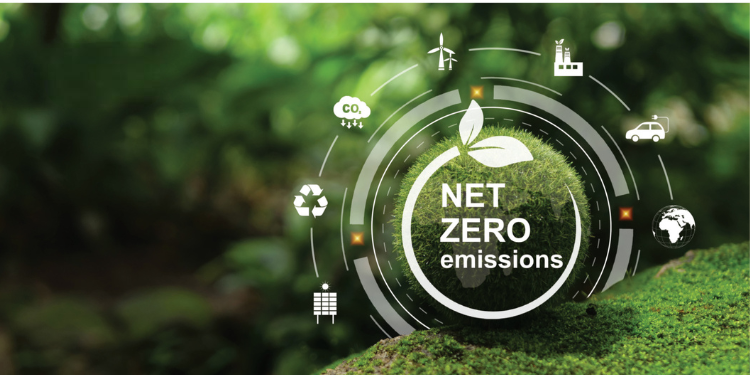India’s leather industry has set an ambitious goal to achieve net-zero emissions by 2047, marking a major step toward sustainability and environmental responsibility. As one of the largest leather manufacturers globally, India’s leather sector is under increasing pressure to reduce its environmental impact, particularly concerning carbon emissions, water usage, and chemical waste generated during production processes.
Adoption of Sustainable Practices: The sector is gradually shifting towards eco-friendly tanning processes, such as chrome-free tanning, which reduces the environmental impact associated with traditional tanning methods. The use of biodegradable chemicals and water-saving technologies is also being promoted.
Energy Efficiency: The industry is investing in energy-efficient machinery and renewable energy sources like solar power to reduce reliance on fossil fuels. Green manufacturing practices, such as solar-powered production facilities, are becoming more common.
Circular Economy: Leather manufacturers are adopting a circular economy model, focusing on waste reduction and recycling. This includes the reuse of waste leather and recycled materials in the production of new leather goods, significantly reducing waste and conserving resources.
Collaboration with Stakeholders: The industry is working closely with government agencies, environmental organizations, and industry bodies like the Council for Leather Exports (CLE) to implement sustainable practices and set measurable targets for reducing emissions and carbon footprints. Financial incentives and grants are being provided to companies adopting green technologies.
Innovation in Materials: The use of plant-based alternatives, such as apple leather, pineapple leather, and mushroom leather, is gaining momentum. These vegan leathers are expected to replace traditional leather and contribute to lower emissions throughout the supply chain.
Supply Chain Transparency: Many Indian leather companies are increasing the transparency of their supply chains, ensuring that ethical practices are followed and promoting sustainability in sourcing raw materials.
This move towards net-zero aligns with India’s broader commitment to meet global environmental targets under the Paris Agreement. The government’s support for sustainable industrial development and initiatives like the National Mission on Clean Ganga are providing additional momentum for the sector’s transformation.
By 2047, India’s leather industry aims to be a global leader not only in production but also in environmental sustainability, helping to preserve natural resources, reduce its carbon footprint, and meet the growing global demand for eco-conscious leather goods.







